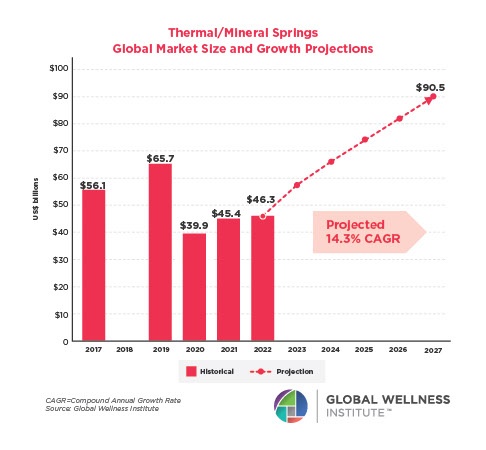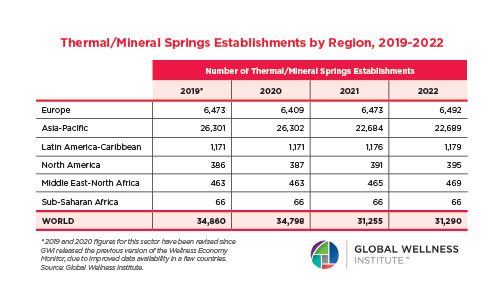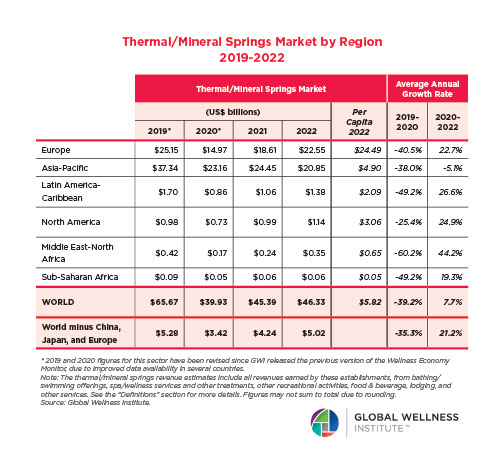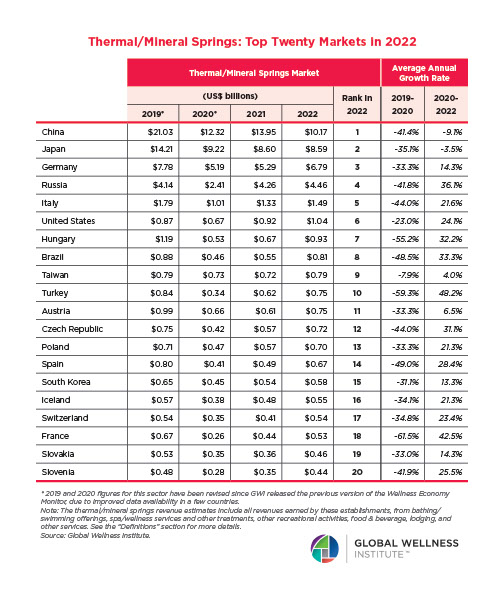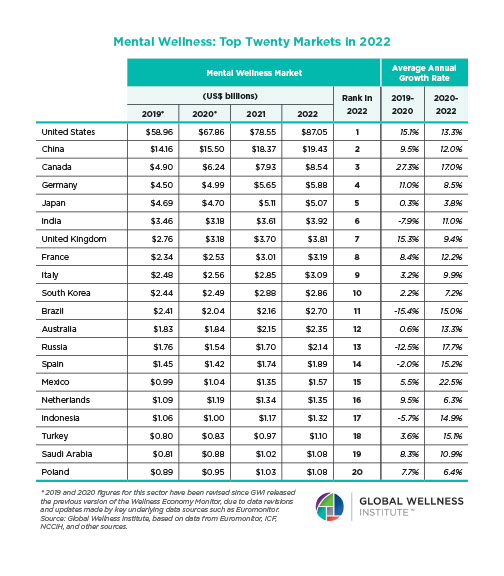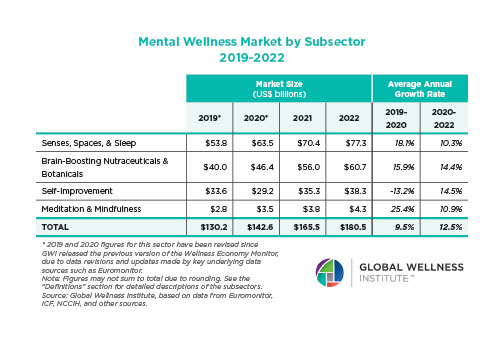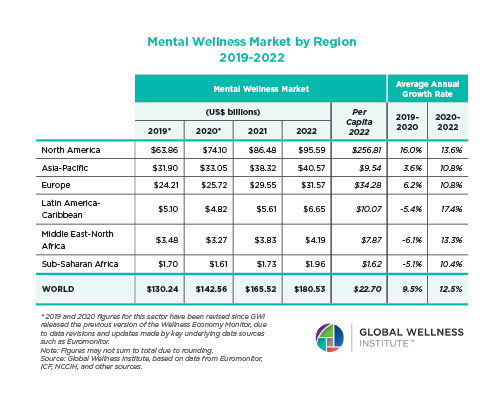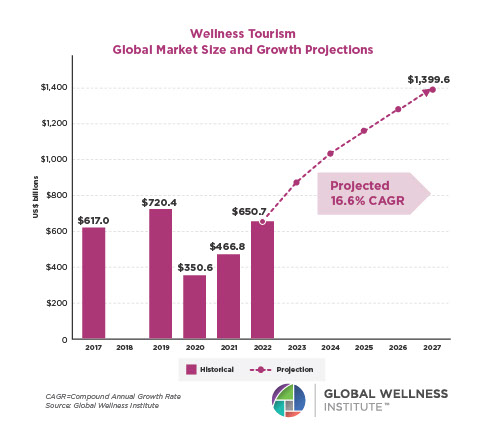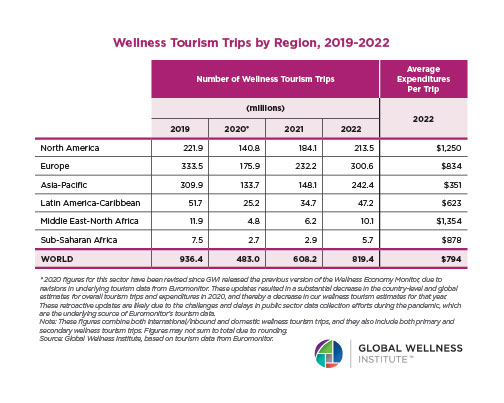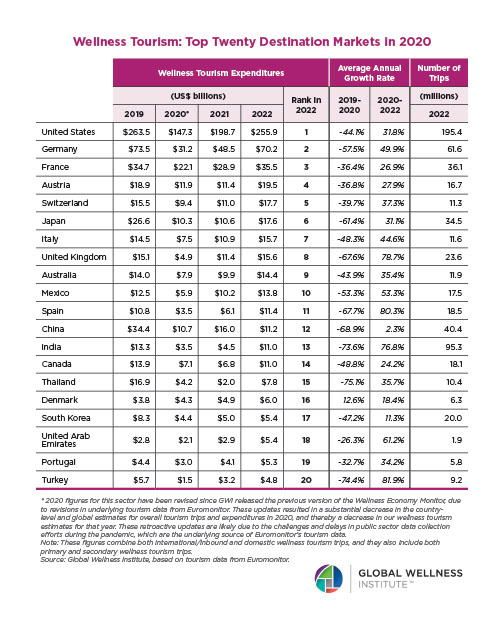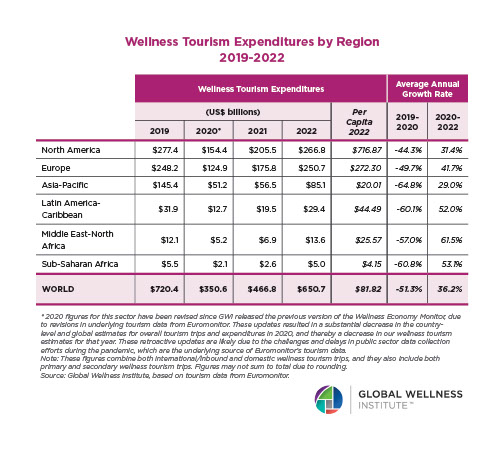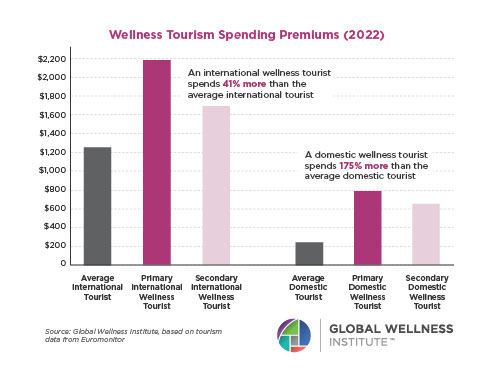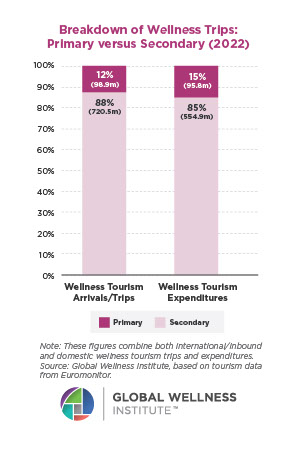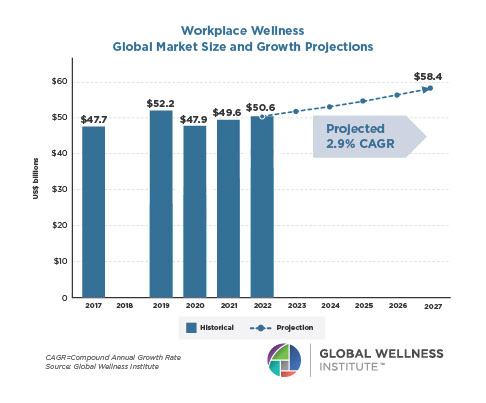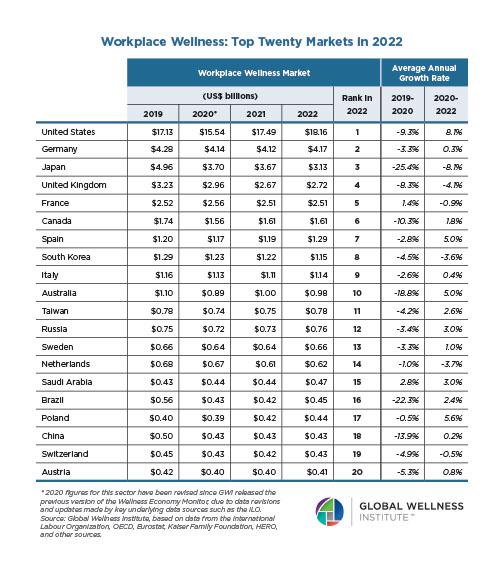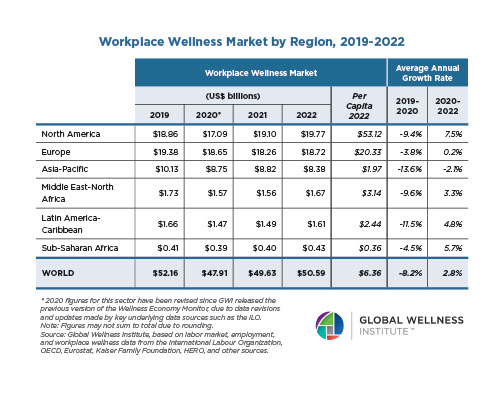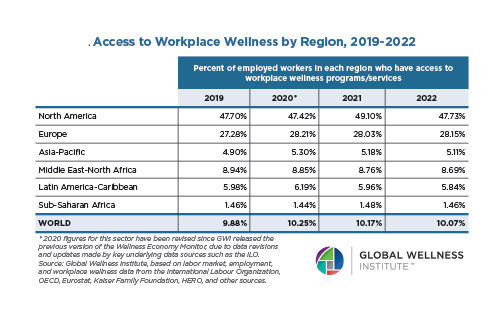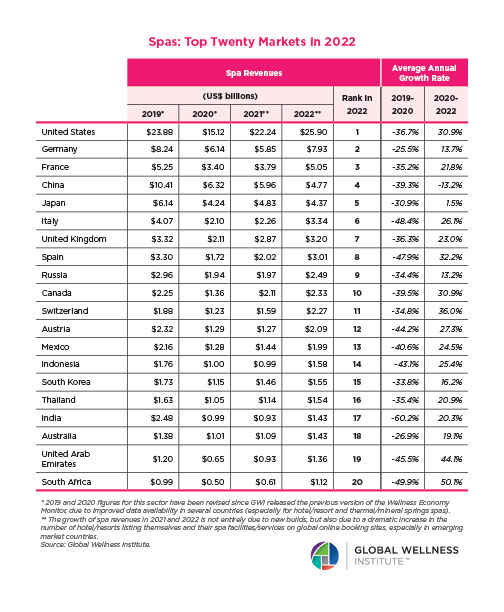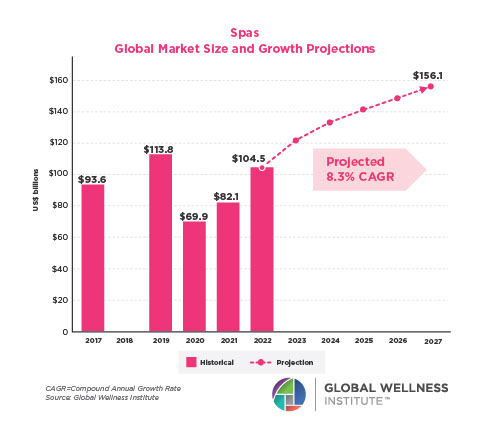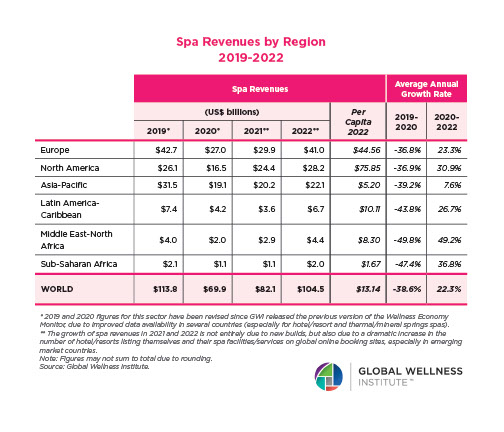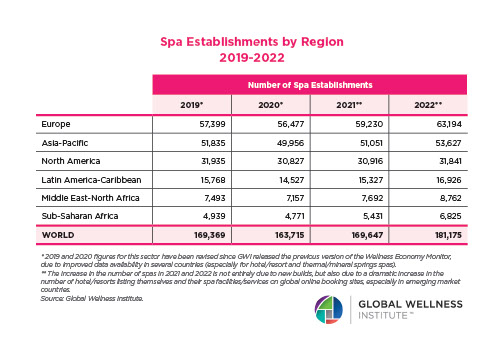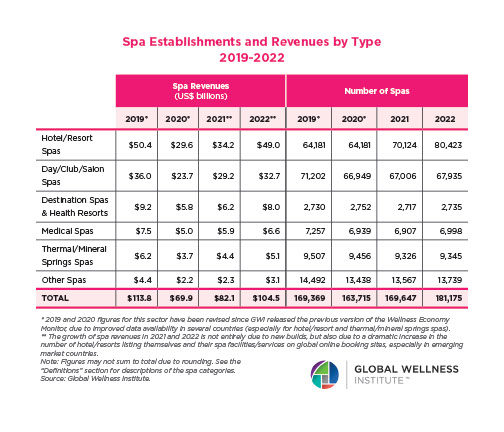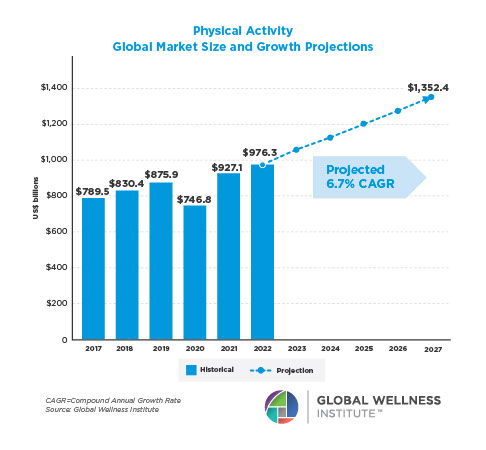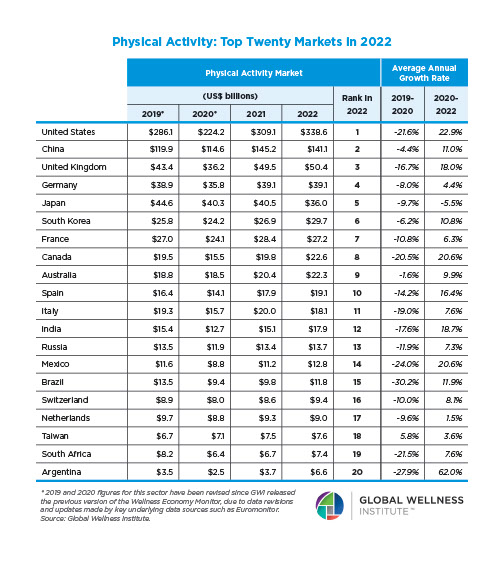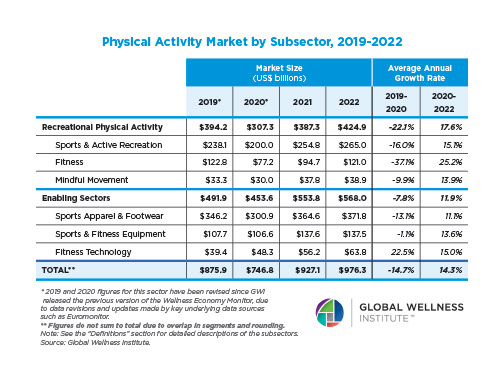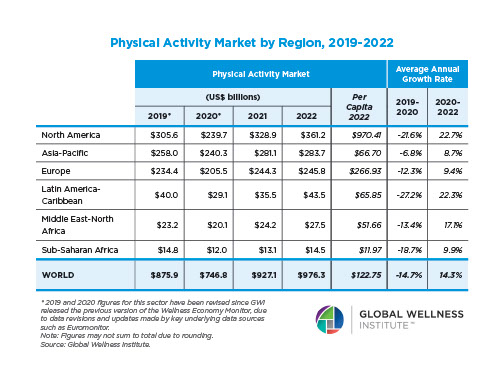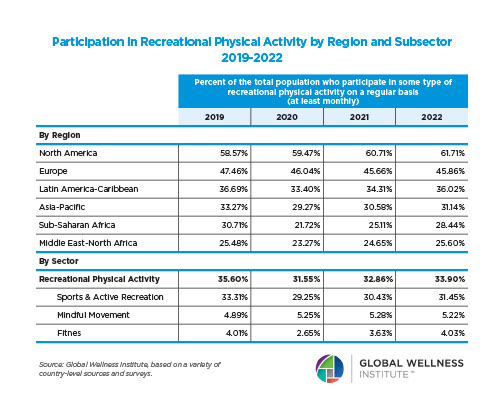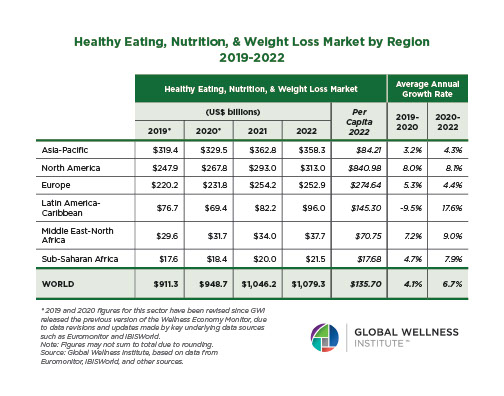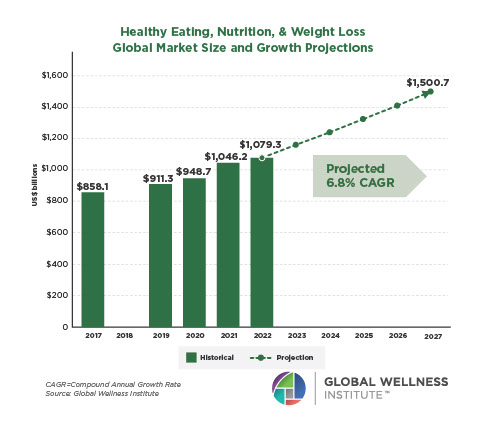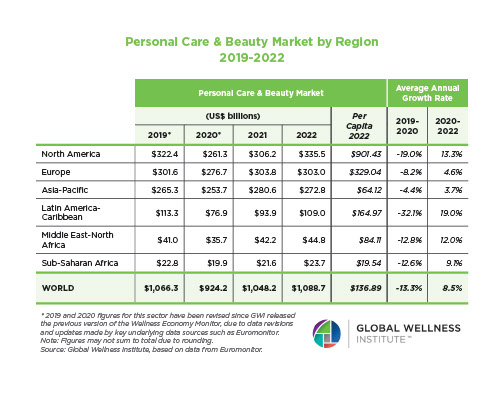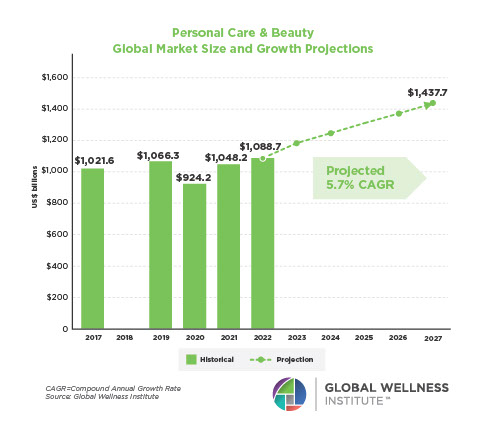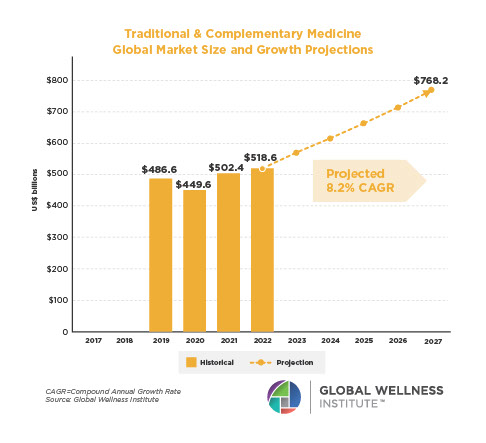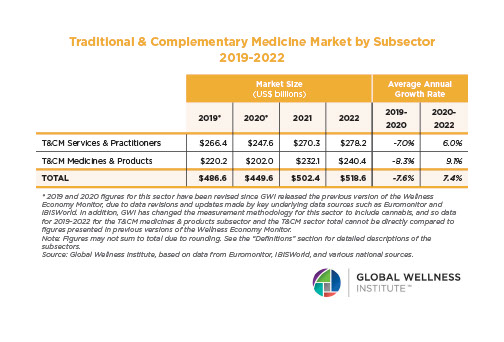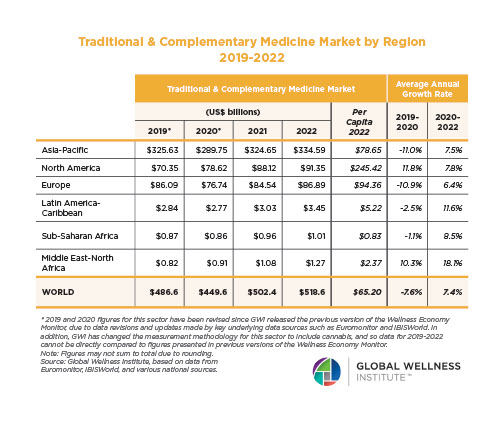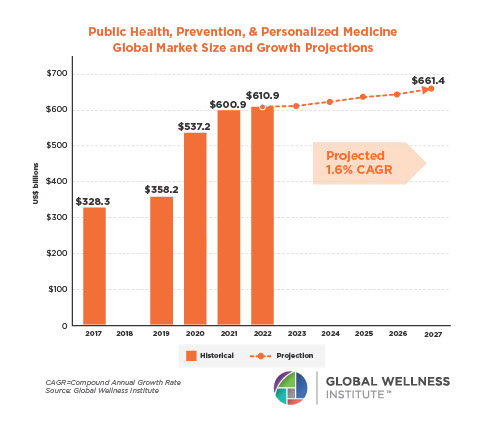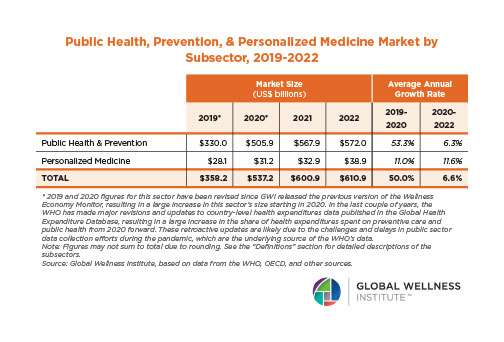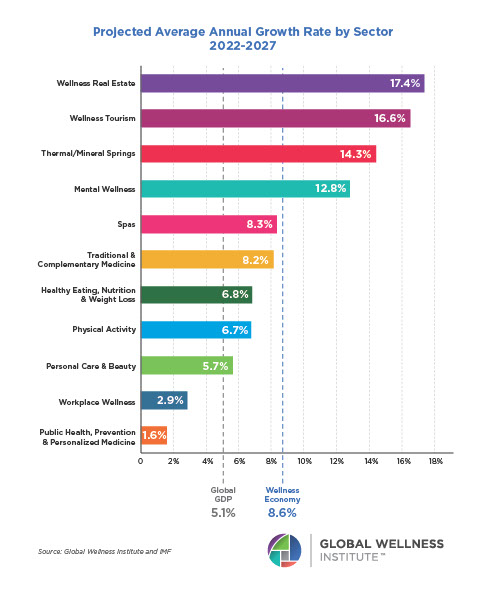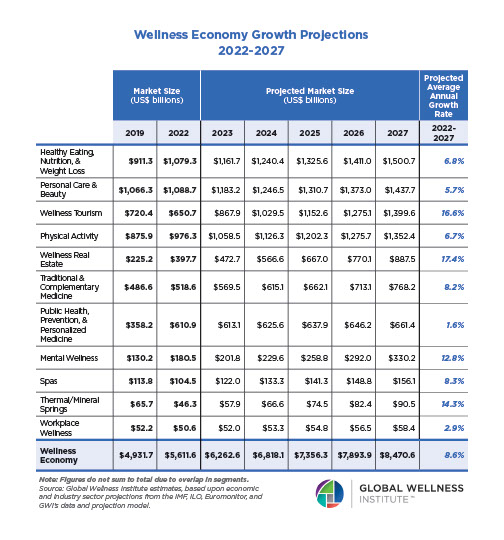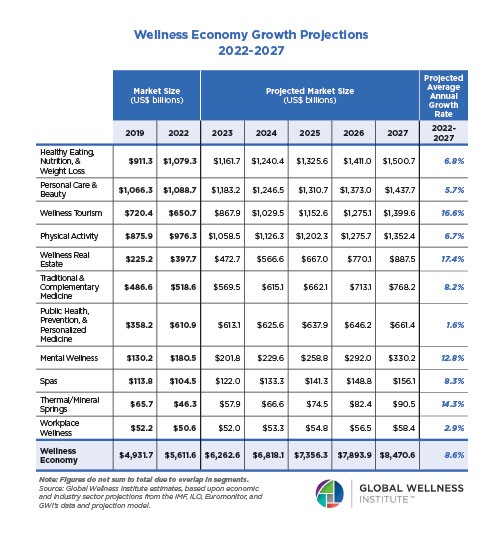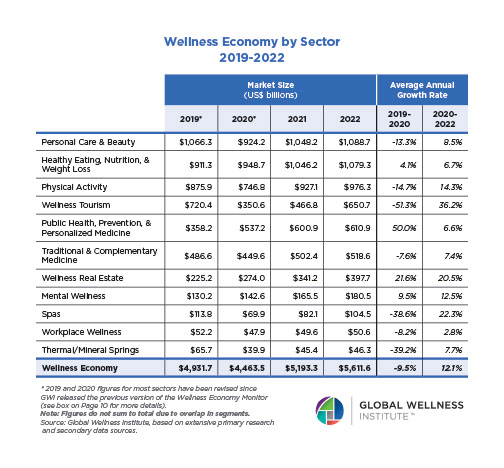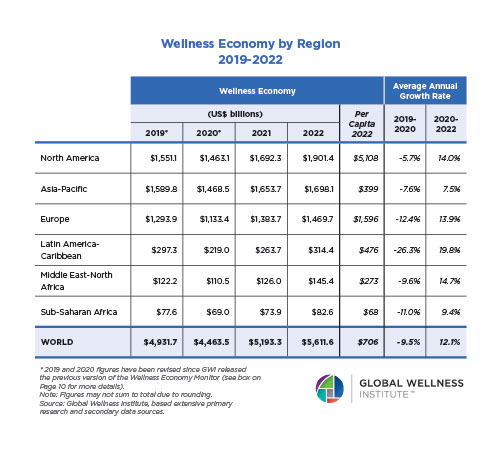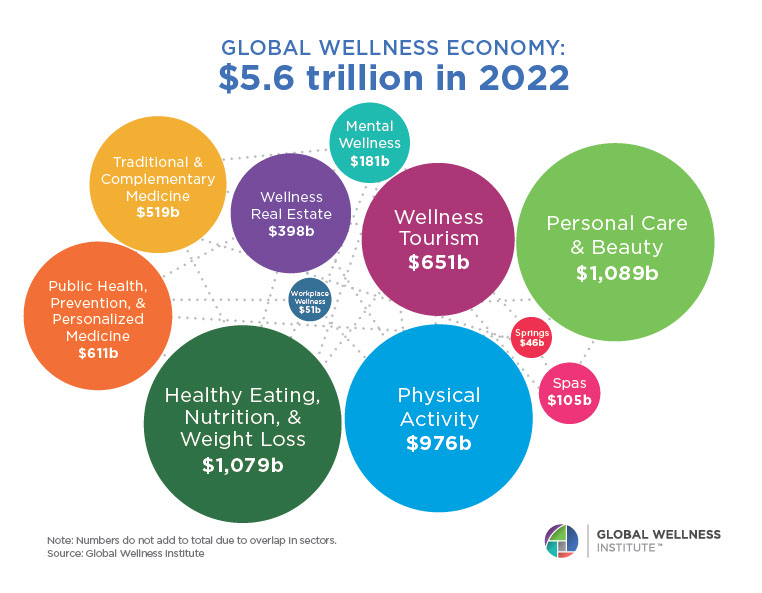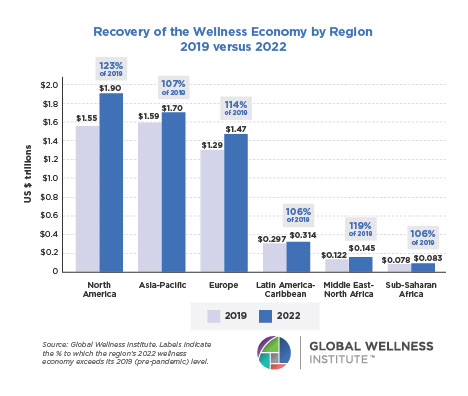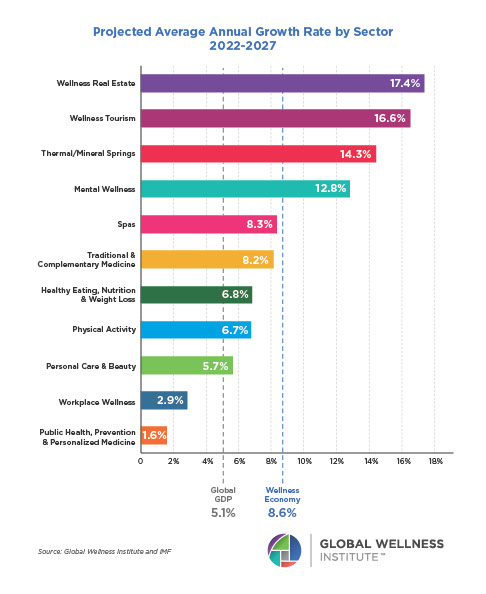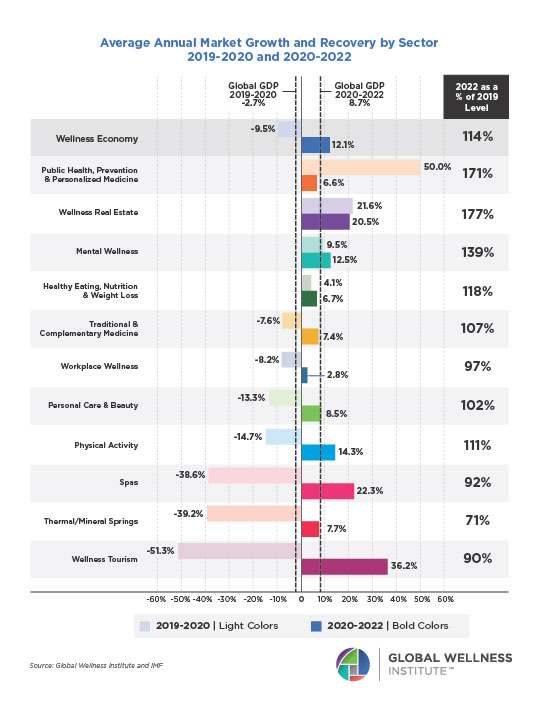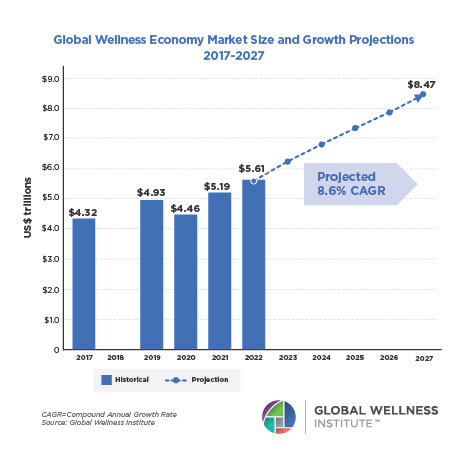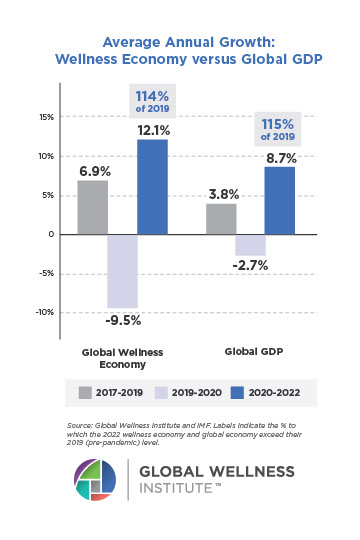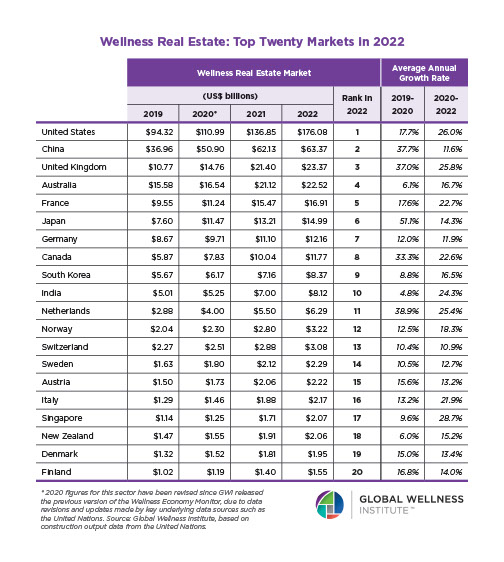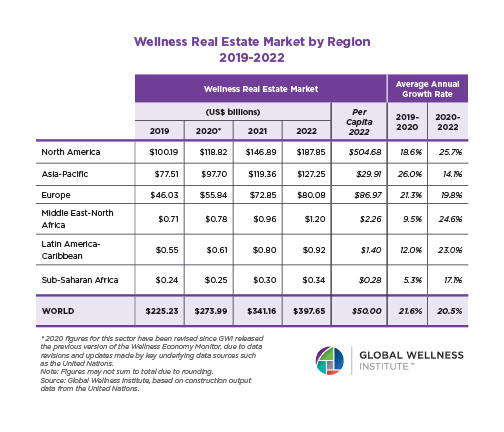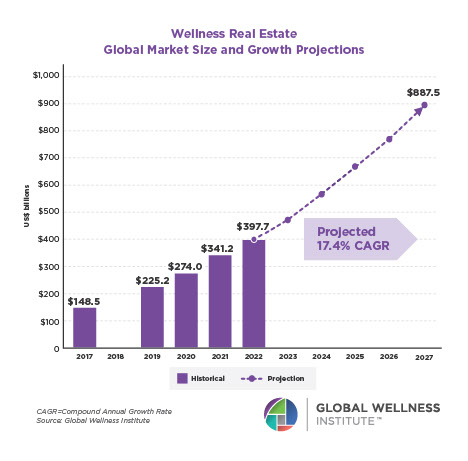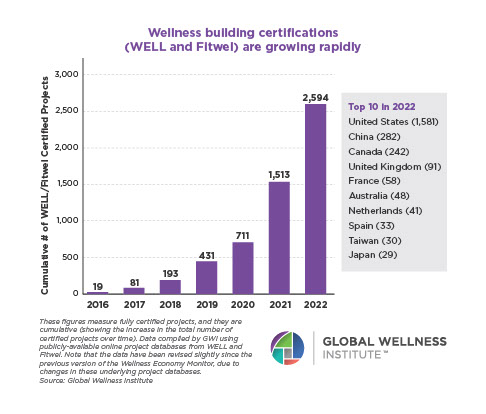Hormonal Wellness Initiative
2025 Trends
![]()
The Hormonal Wellness Initiative focuses on women’s health. The 2025 trends reflect two parallel themes.
First, we see a growing awareness of the exclusion and disregard for women’s hormonal health. It has long been recognized that females are underrepresented in medical trials, usually being left out of roughly two-thirds of the studies. There is little medical research into female hormonal health—the work done to establish menstrual synchronicity being one of the few examples. 2025 promises to pose significant challenges to the long-established androcentrism.

Alongside the efforts to promote greater female inclusion and investigation comes an emphasis on self-help and peer support. FemTech and artificial intelligence advancements reinforce these general trends.
TREND 1: Calling Out Medical Misogyny
Healthcare research, teachings, and practices have long ignored female health. Women are subjected to painful investigations about reproductive (hormonal) health—with treatment protocols based on male symptoms—and are taught to expect an inevitable decline. Awareness of medical misogyny is growing.
Leading the world in denouncing medical misogyny is the UK government’s Women and Equalities Committee report on women’s reproductive health conditions, published in December 2024.
Resources
- Merone et al., “Sex Inequalities in Medical Research: A Systematic Scoping Review of the Literature,” Women Health Rep (New Rochelle). 2022 Mar 16;3(1):344.
- Siddiqi et al., “Study of menstrual cycle synchrony in female medical students sharing a common accommodation.” J Family Med Prim Care 2023 Nov 21;12(11):2922–2926.
- Women and Equalities Committee, “Women’s reproductive health conditions.”https://committees.parliament.uk/publications/45909/documents/228040/default/
TREND 2: Peer Support and Health Hubs
Peer support for hormonal wellness has flourished after being overlooked by official healthcare. Health hubs and self-help support groups are gaining popularity.
TREND 3: Social Prescribing
The organization Social Prescribing USA defines this trend as “a model of care delivery that enables health professionals to formally prescribe non-clinical community activities,” encouraging the growth of health hubs and peer support. The move towards social prescribing also reinforces the relationship between mainstream healthcare and wellness practitioners.
Resources
TREND 4: Hormonal AI
Hormonal wellness is complex and unpredictable, and it requires dynamic, individualized care. The algorithms employed by artificial intelligence will be able to identify women who are susceptible to the negative effects of hormonal imbalance, , improving care, lived experience, and outcome.
TREND 5: FemTech Focuses on Non-Invasive Techniques
Hormonal wellness, menstrual disorders, infertility, menopause, weight management, and other women’s health issues have become central to FemTech research. Many of the treatments for hormone-related concerns are invasive and painful. In 2025, FemTech will continue the search for non-invasive alternatives to female testing, treatments, and monitoring.
Resources

